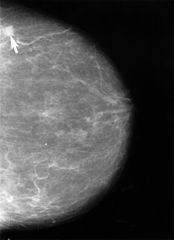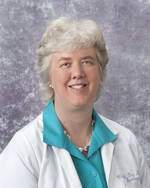Author Interviews, Breast Cancer, JAMA, Race/Ethnic Diversity / 25.04.2023
Breast Cancer Screening: One-Size-Fits-All Approach May Not be Optimal, Equitable or Fair
MedicalResearch.com Interview with:
Mahdi Fallah, MD, PhD
Study and Group Leader
Risk Adapted Prevention (RAD) Group
Division of Preventive Oncology
National Center for Tumor Diseases (NCT)
German Cancer Research Center (DKFZ)
Heidelberg, Germany
MedicalResearch.com: What is the background for this study?
Response: Breast cancer is a significant public health problem, being the most commonly diagnosed cancer and the second leading cause of cancer death in women in the US. Breast cancer screening from age 50 has been associated with a reduction in mortality and is recommended by the US Preventive Services Task Force. However, there is a significant disparity in mortality rates between Black and White individuals, with Black women having a higher death rate, especially before age 50. The current one-size-fits-all policy for breast cancer screening may not be equitable or optimal, and risk-adapted starting ages of screening based on known risk factors, such as race and ethnicity, may be recommended to optimize the benefit of screening. Our study aimed to provide evidence for a risk-adapted starting age of screening by race and ethnicity.
(more…)


